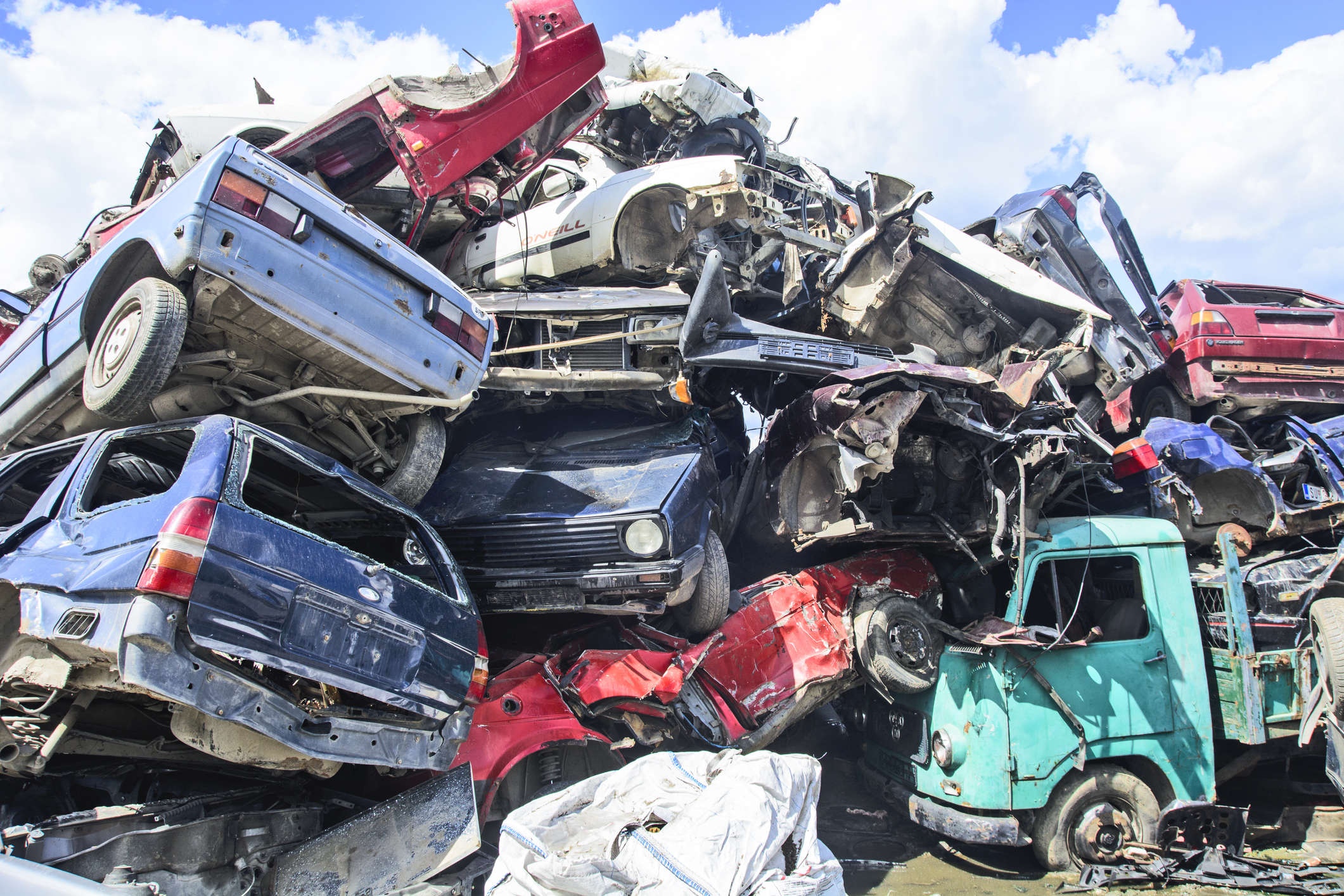
The Centre’s scrappage policy is unlikely to have freight transporters queuing up to replace old vehicles with new ones. The scrappage volume of buses, passenger vehicles (PVs) and two-wheelers will be limited as well, a CRISIL Research analysis shows.
To be sure, the scrappage policy is much required as older vehicles are 10-12 times more polluting than newer ones. As things stand, India is home to six of the top 10 polluting cities globally, and is among the top five polluting countries.
With vehicular pollution contributing nearly 15-30% (PM2.5 and PM10 level) especially in cities such as Delhi, the government is putting greater emphasis on weeding out old polluting vehicles (older vehicles are estimated to be 10-12 times more polluting than newer ones) through the scrappage policy.
The process kicked off in May 2016, with the Ministry of Road Transport and Highways (MoRTH) issuing a concept paper outlining the Voluntary Vehicle Fleet Modernisation Programme to encourage scrapping of vehicles manufactured before March 31, 2005. And in March 2021, MoRTH announced guidelines for the policy.
A closer look, however, according to Crisil indicates the scrappage policy will find few takers among owners of buses, PVs, and two-wheelers. But the impact on new commercial vehicle (CV) sales could be sizeable.
Scrapping of state transport buses depends on state finances.
In the bus segment, many buses owned by state transport undertakings will have a life of over 15 years. In comparison, buses operated for intercity, staff, school and tourist segments typically do not have a life beyond 15 years and would thus be outside the ambit of the scrappage policy. Hence, CRISIL Research estimates ~45,000 buses, largely owned by state transport corporations, could be scrapped and replaced.
Assuming a three-year window, starting April 2022, scrappage of ~15,000 buses annually could result in 15-20% incremental new bus sales – based on the average of ~90,000 buses sold between fiscals 2016 and 2020. This, however, would depend on the state government’s wherewithal to purchase new vehicles and therefore will be a monitorable.
As for PVs, renewal of registration fees is proposed to increase from Rs 600 to Rs 5,000 (valid for five years) for passenger vehicles older than 15 years, a hike of over 8 times. However, these vehicles mostly ply in the rural areas where enforcement of higher registration fees is difficult to monitor. The potential benefit from scrapping a 15-year-old, entry-level small car will be Rs 70,000, whereas its resale value is ~Rs 95,000. That makes scrapping unattractive.
But for vehicles older than 20 years, considering that there is a proposal to deregister them, the potential scrappage benefit is ~Rs 50,000, which is similar to its resale value. That can incentivise scrapping. As a result, 40,000-60,000 PVs can realistically be scrapped. So, the incremental contribution to new vehicle sales works out to 12,000 to 20,000 PVs annually, assuming a three-year window. As the number is less than 1% of the 30 lakh units sold on average over fiscals 2016-2020, scrapping will not contribute substantially to new sales.
In the case of two-wheelers, while the fees for renewal of registration is proposed to increase from Rs 300 to Rs 1,000 (valid for five years) for vehicles older than 15 years, the cost burden in absolute terms is minimal. Also, as much of these older two-wheelers ply in Tier II and III cities and rural areas over short distances, so the rise in registration cost may be difficult to implement given traffic scrutiny is weak in those geographies.
For two-wheelers, the policy could incentivise scrappage of vehicles older than 15 years with a net benefit of Rs 3,000-4,000 (comparing total potential benefit on scrapping vs resale value).
However, the majority of two-wheelers do not have a life beyond 15 years and volumes (assuming scrappage over a 3-year period) would account for only ~1-2% of the five-year average annual new sales volume of ~185 lakh. The scrappage policy, therefore, will provide no significant lift to sales of two-wheeler manufacturers.
In medium and heavy commercial vehicles (MHCVs), though, the potential scrappage volume is significant. CRISIL Research estimates that ~5.1 lakh MHCVs (>7.5 tonne gross vehicle weight segment, or GVW) are older than 15 years and hence, could potentially be destined for the scrapyard.
Currently, ~0.5 lakh trucks are scrapped each year, a number corroborated via industry interactions. That means incremental scrapping of ~3.6 lakh trucks over the policy’s three-year window – tantamount to an incremental volume of ~1.2 lakh annually, or ~45% of annual average sales of ~2.7 lakh between fiscals 2016 and 2020, in an ideal scenario, says Crisil.















